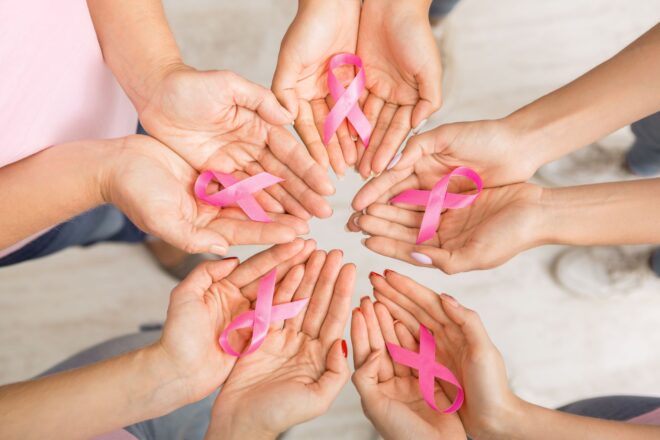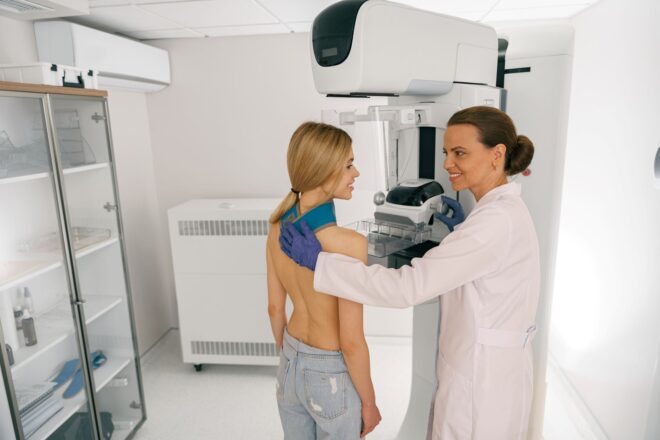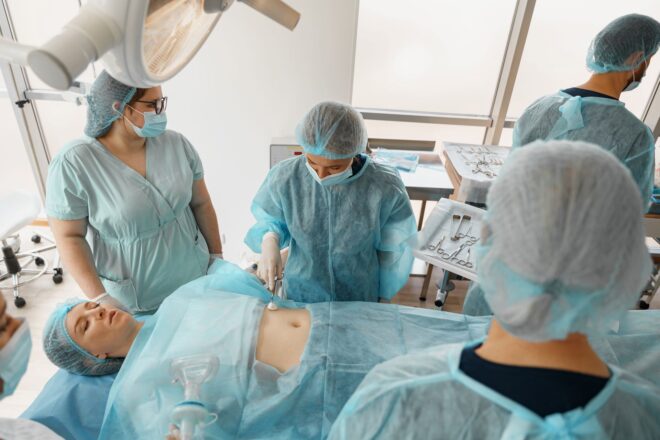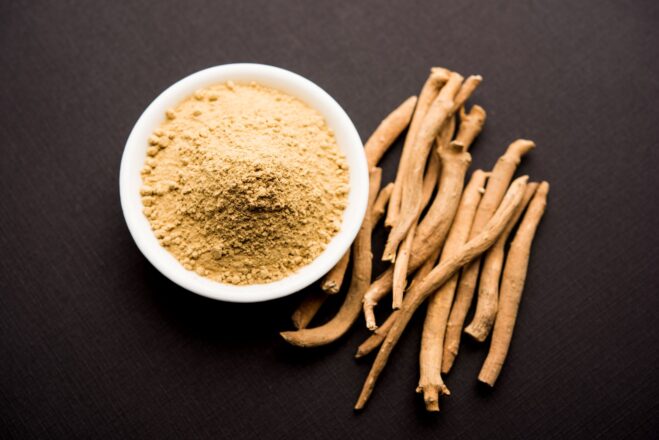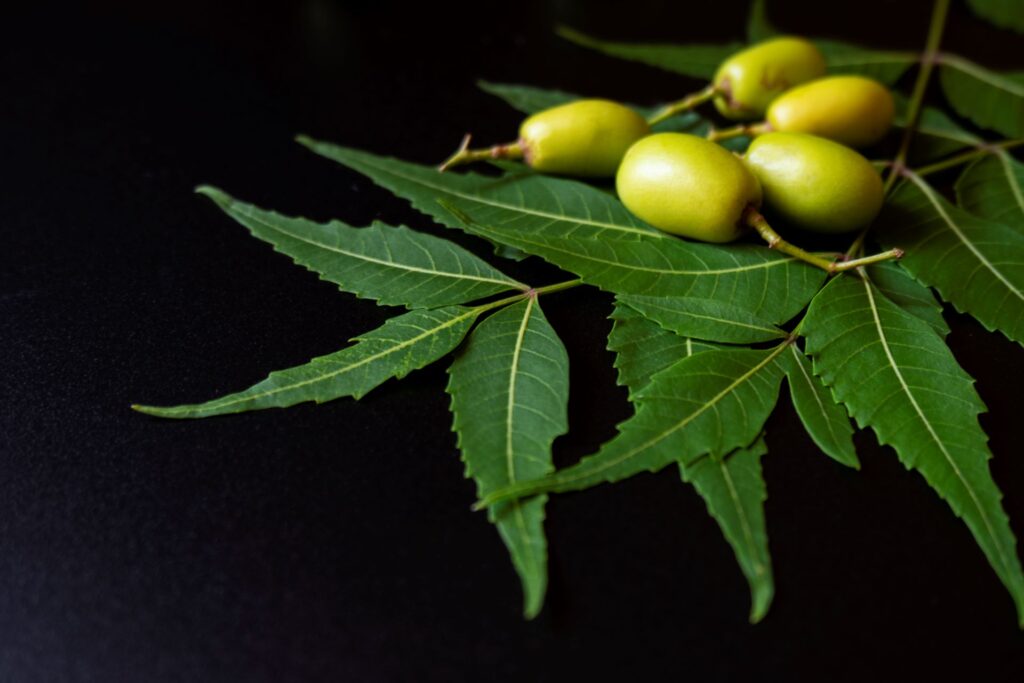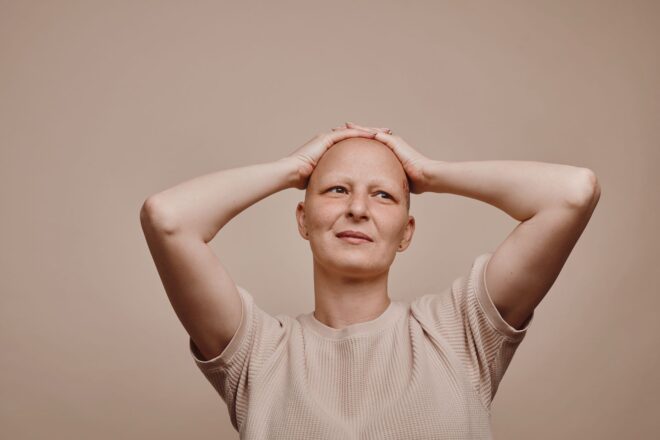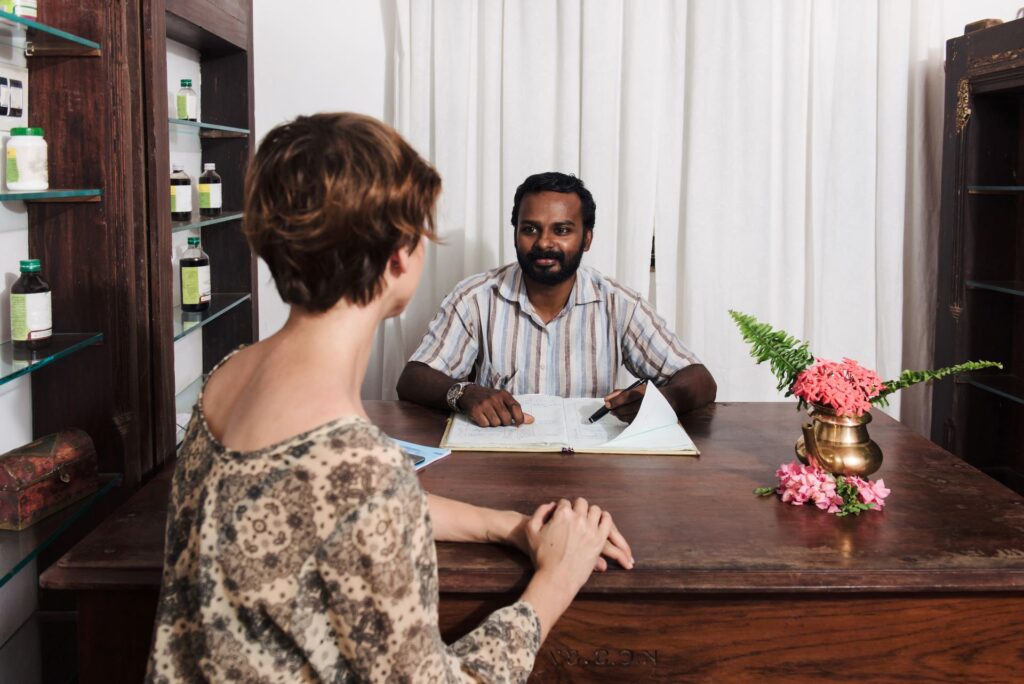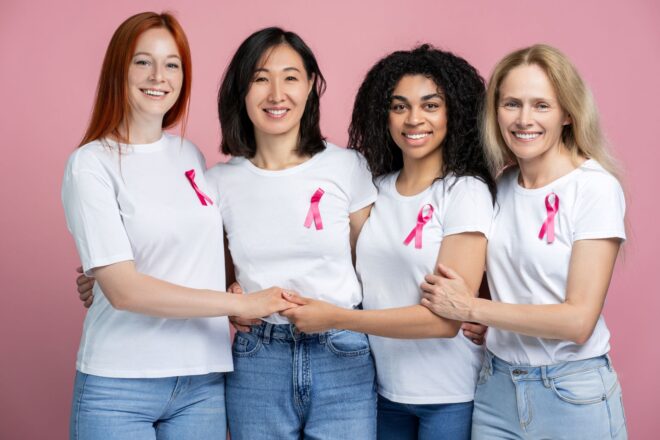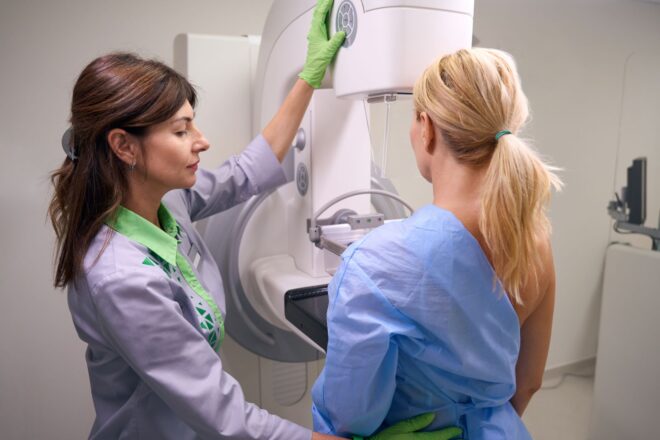What is Breast Cancer?
Breast Cancer is type of Cancer that originates in the cells of the breast. It begins when cells of the breast acquire some genetic mutations and start growing uncontrollably consisting of abnormal cells. This result in formation of lump or a tumor. Breast Cancer most commonly affects women, but men can also develop breast cancer, though rare.
Ayurveda and Breast Cancer
Ayurveda is an ancient system of Indian Medicine and has originated in India 5000 years’ ago. Ayurveda strongly believes that imbalance in doshas (Vata, Pitta, and Kapha) and accumulation of toxins or Ama is the causative behind Cancer. Cancer or Arbuda is also linked to improper diet and sedentary lifestyle, weakened immunity, and imbalance in the mind, body and spirit.
Ayurveda through its different treatment modalities helps to address the root cause of breast cancer and strengthen the body’s natural defence mechanism. Ayurveda also helps to improve overall quality of life of breast cancer patients.
In Ayurveda, Breast Cancer is called as Stana Arbuda (स्तन अर्बुद) or Arbuda of breast. Arbuda, as defined is Sushrut Nidansthana Chapter 11 is caused due asamyaka ahara and vihara or improper diet and lifestyle which further leads to vitiation or imbalance of the doshas in the body, and it further afflicts the Mansha Dhatu thereby producing a swelling or induration which is circular, fixed to the base, mild painful, big in size and grows slowly, and the most important of all that it doesn’t resolves or achieve pakva-awastha, as mentioned in Ayurveda.
Best Ayurvedic Breast Cancer Treatment Centre in India
Are you searching for the best Ayurvedic treatment for breast cancer in India? Then your search end here. Dr. Ravi Gupta is a renowned Ayurveda Cancer Consultant and he has over 13 years of experience of offering holistic and personalized Ayurvedic treatment for breast cancer.
Dr. Ravi Gupta has a well-equipped Ayurvedic Cancer Treatment Centre and he specializes in treating the root cause of the cancer and further improve the standard of living of the patient. Different treatment modalities over which Dr. Ravi Gupta specially emphasizes for breast cancer treatment through Ayurveda as follows:
1) Herbal Remedies for Breast Cancer: Dr. Gupta advises many ayurvedic herbs that have anti-cancer potential and hinders the growth or proliferation of cancer cells. Certain more Ayurvedic herbs that prove beneficial in cancer patients are Turmeric (Curcuma longa), Tulsi (Ocimum sanctum), Triphala: Amla (Emblica officinalis), Bibhitaki (Terminalia bellirica), and Haritaki (Terminalia chebula), Shatavari (Asparagus racemosus), Brahmi (Bacopa monnieri), Guggulu (Commiphora mukul), Aloe Vera (Aloe barbadensis), Amla (Emblica officinalis), Manjistha (Rubia cordifolia) etc.
2) Panchakarma Therapy for Breast Cancer: Panchakarma Therapy which is also popularly known as detoxification therapy proves extremely beneficial in breast cancer treatment and management. Certain Panchakarma therapies like Vamana (Medicated Emesis), Virechana (Medicated Purgation) etc. proves extremely beneficial in breast cancer treatment. Panchakarma or detoxification Therapies helps to remove dustha doshas and ama from the body that are the causative factor behind breast cancer.
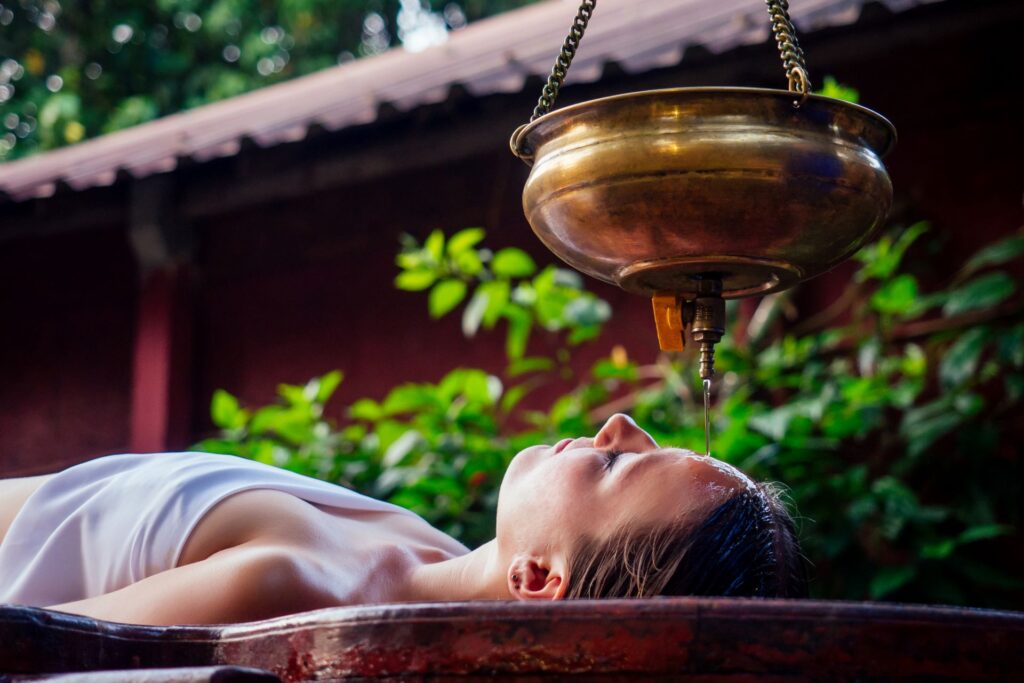
3) Rasayana or Rejuvenation Therapy for Breast Cancer: Dr. Ravi Gupta, Ayurveda Cancer Consultant advises certain Ayurvedic formulations like Kushamanda Avaleha, Chyawanprash Avaleha etc. that proves extremely beneficial in breast cancer treatment. Rasayana Therapy helps to maintain the strength and vitality in breast cancer patients. It also helps to boost immunity and helps in DNA damage repair in cancer patients.
4) Dietary and Lifestyle Adjustments for Breast Cancer Treatment: Dr. Gupta strongly believes in tailored approach toward dietary and lifestyle recommendations for breast cancer patients. Diet for breast cancer patients who has lost weight or is losing weight due to progressive cancer should be Laghu (Light) and Supachya (Easily Digestible) in nature. This laghu and supachya ahara (food) should be nutritious in nature and helps to maintain weight in breast cancer patients.
Breast Cancer patients should be advised to do daily regular exercises as it helps to build up the weight and prevent muscle loss. Daily regular exercise also helps to boost the Agni (Digestive Power) and Immunity in breast cancer patients.
Why to Choose, Dr. Ravi Gupta, Ayurveda Cancer Consultant for Breast Cancer Treatment?
1) Expertise in Ayurvedic Oncology: Dr. Gupta has an immense expertise in Ayurvedic Oncology and he strongly believes in integrating modern cancer care with traditional Ayurvedic Principles.
2) Patient-Specific Treatment Plans: Dr. Ravi Gupta treatment plans for Breast Cancer Patients are individually planned for every patient to ensure complete holistic and natural healing. It is a well-known fact that every individual has a unique composition of doshas and so the unique combination of dustha dosha in breast cancer, so an individualized treatment plan proves beneficial in breast cancer patients.
3) Affordable Ayurvedic Breast Cancer Treatment: Dr. Ravi Gupta provides affordable Ayurvedic Treatment for breast cancer without compromising the quality of cancer care.
4) Holistic Breast Cancer Care in Ayurveda: Dr. Ravi Gupta strongly emphasizes over early intervention of Ayurveda in Breast Cancer Treatment and Management. He strongly emphasizes over holistic healing in breast cancer treatment and further integration of modern treatment modality with traditional Ayurvedic principles.
Contact Dr. Ravi Gupta, Ayurveda Cancer Consultant at +91-9819274611.
Discover the potential of Ayurveda in your journey to fight breast cancer. Contact Dr. Ravi Gupta, the leading Ayurvedic cancer specialist in India, today!


